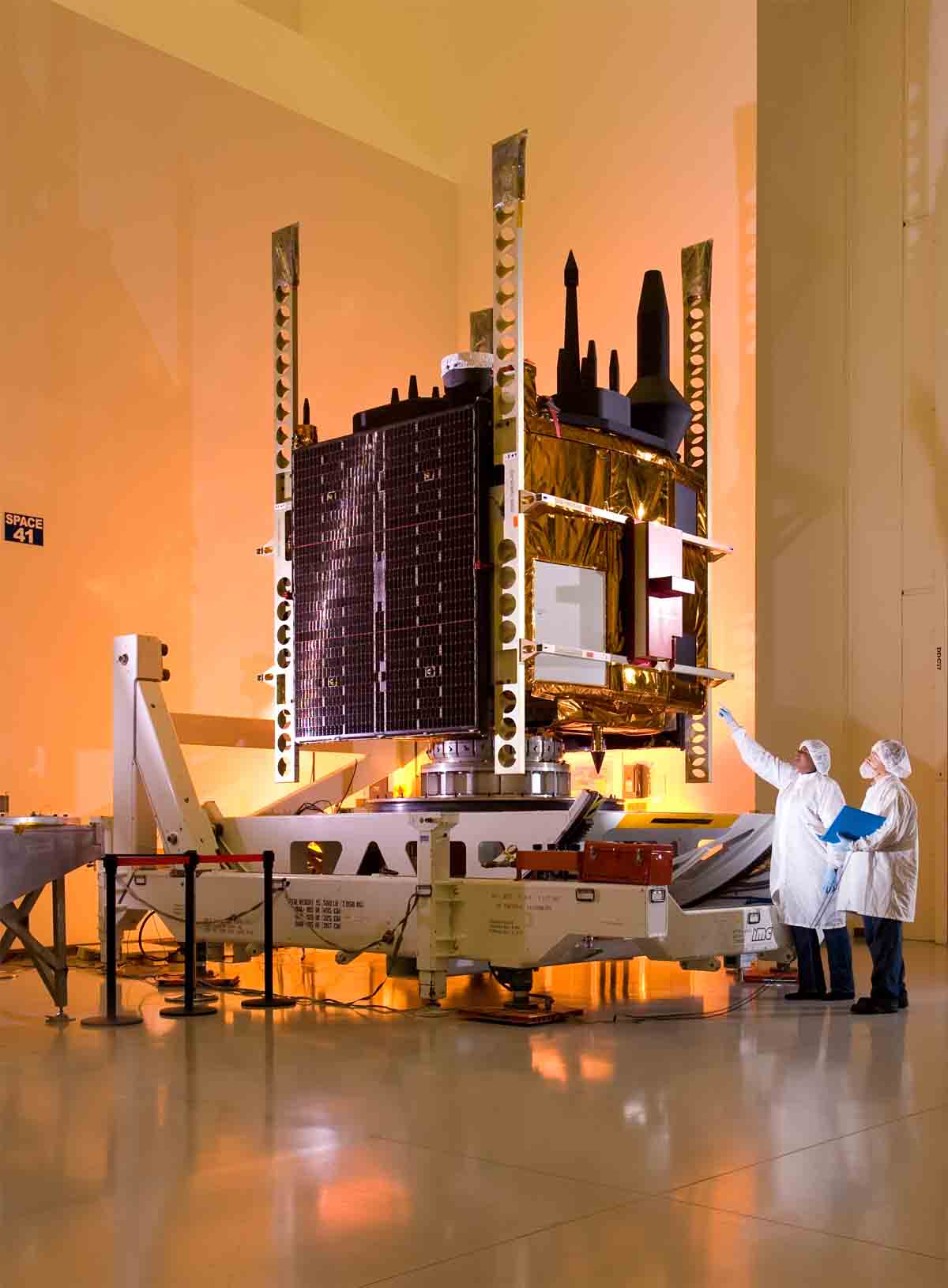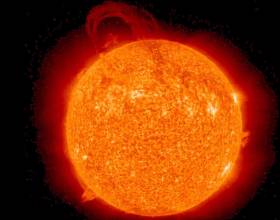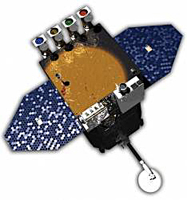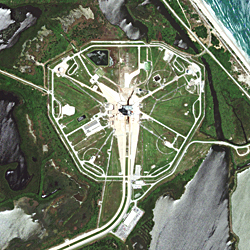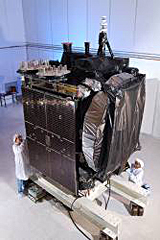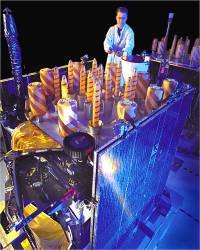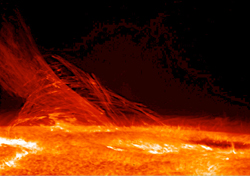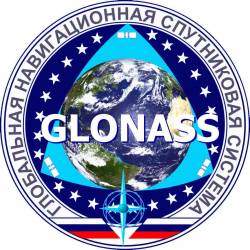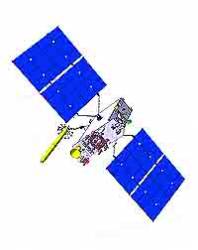GPS Block IIF: A Third Cancellation
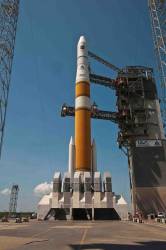 GPS IIF-SVN1: Still Waiting. United Launch Alliance photo
GPS IIF-SVN1: Still Waiting. United Launch Alliance photoThe third time wasn’t the charm for an attempted first launch of a GPS follow-on (Block IIF) generation of satellites.
Problems with ground support equipment and then with the telemetry signal between the spacecraft and the ground equipment have delayed initial launch of the new-generation satellite three times in the last four days.
Originally scheduled for May 20, the launch was postponed again on May 21 and May 23. Mission controllers hope to get the IIF off the ground on May 24.
By Inside GNSS

